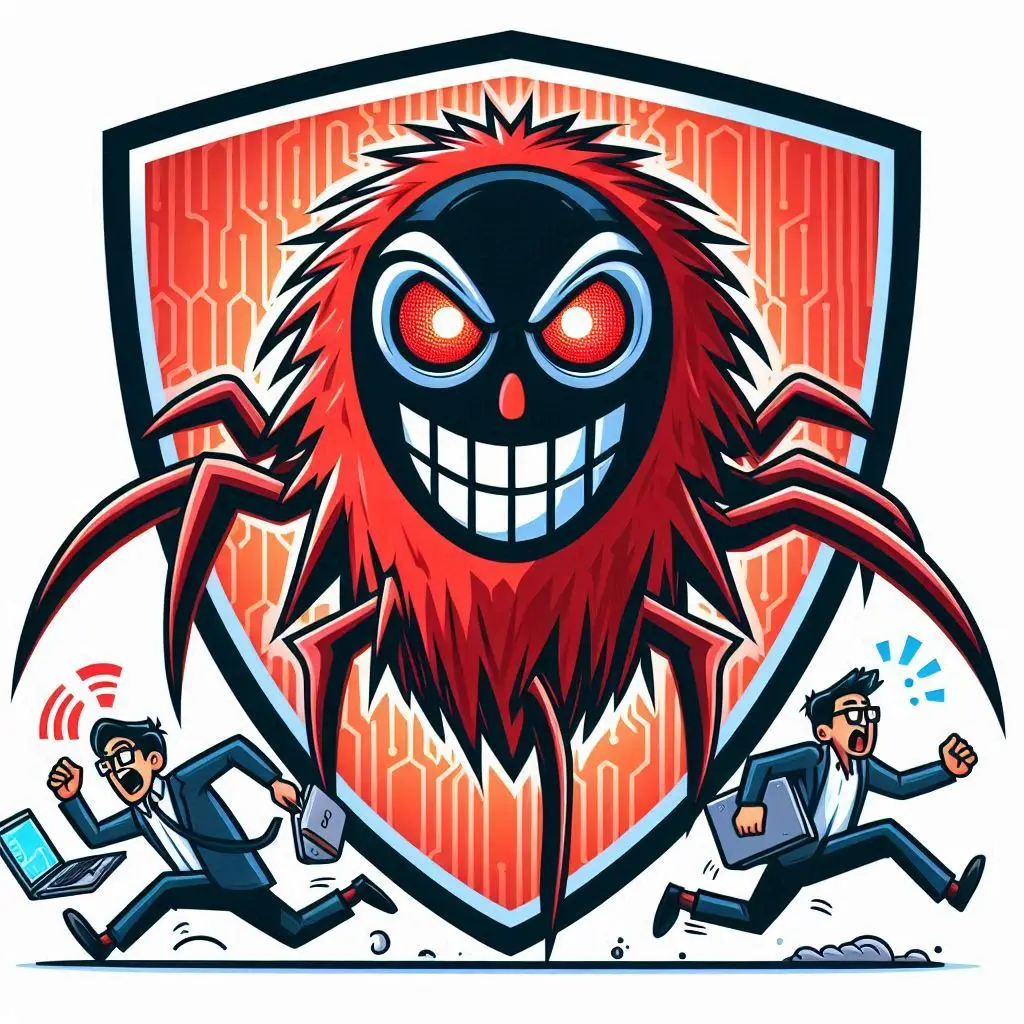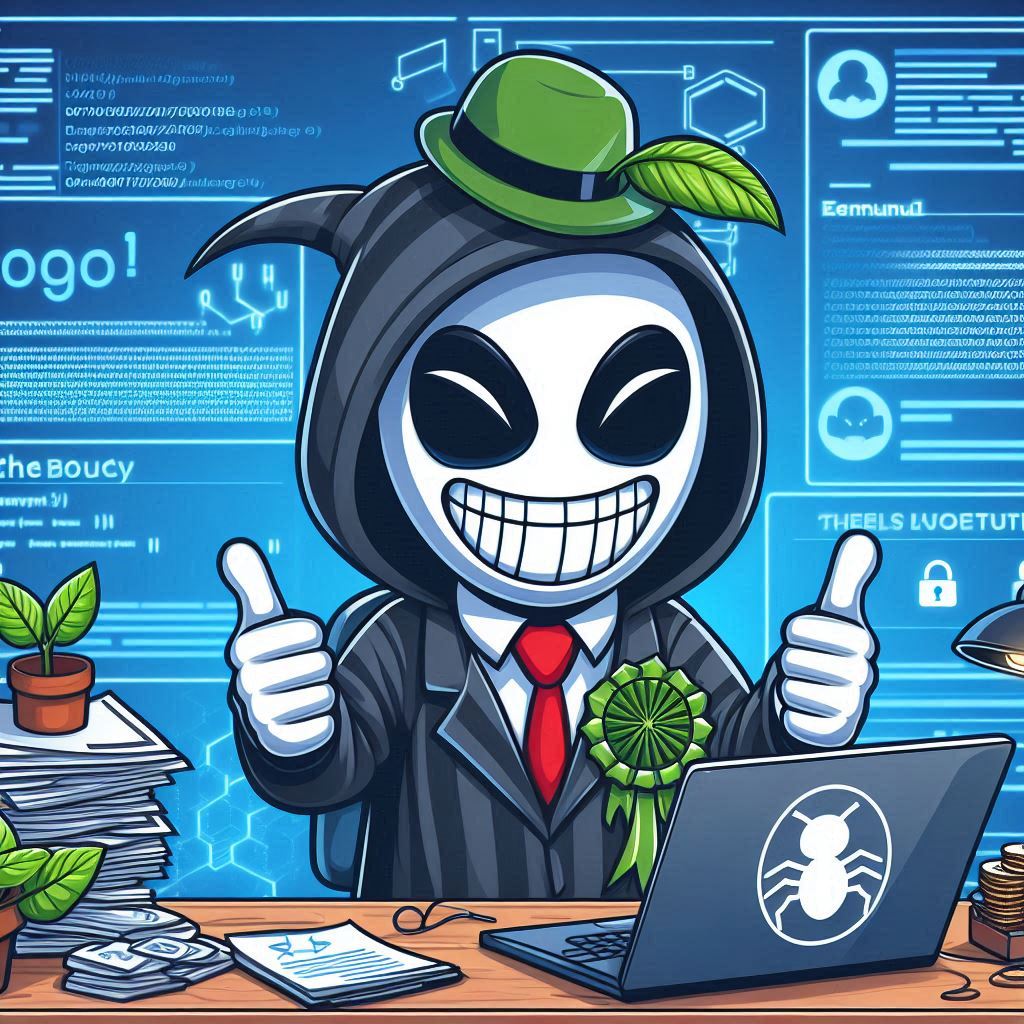Double Extortion
The most prominent form of ransomware today is “double extortion” ransomware. In this model, threat actors don’t just encrypt your files—they also steal sensitive data and threaten to leak it publicly unless you pay up. It’s a vicious one-two punch: first, they lock you out of your own systems, and then they dangle your company’s secrets over your head, making the stakes far higher.
Prominent ransomware groups like Conti, LockBit, and REvil are notorious for using this approach. Their methods have evolved to target businesses of all sizes, from hospitals to large corporations. These attacks can cripple operations for days or even weeks, leading to financial losses, reputational damage, and costly recovery efforts.
Indicators of Compromise (IOCs)
The key IOCs (Indicators of Compromise) that businesses should be on the lookout for include:
- Suspicious Network Traffic: Abnormal outbound traffic, particularly to known malicious IP addresses or strange, unexpected locations.
- Unusual File Modifications: Files being renamed or encrypted with extensions like .conti, .lockbit, or .revil.
- Unauthorized Access Attempts: Sudden login attempts from unfamiliar IP addresses or using compromised credentials.
- Backup Deletion Activity: One telltale sign of ransomware is attackers trying to erase or corrupt backups to force victims into paying the ransom.
- Phishing Emails: Ransomware is often delivered via phishing emails with malicious links or attachments, frequently masked as invoices, shipping notifications, or job offers.
How Businesses Can Protect Themselves
- Regular Backups and Offline Storage: Regularly back up critical data and store it offline. Even if ransomware locks you out, having clean backups will allow for a faster recovery without paying a ransom.
- Patch Vulnerabilities: Keep software, operating systems, and applications up to date. Many ransomware attacks exploit known vulnerabilities that haven’t been patched.
- Network Segmentation: Segmenting your network can limit the spread of ransomware. If one part of the network is infected, segmentation prevents it from easily moving to other systems.
- Implement Strong Email Filters and Security Awareness Training: Train employees to recognize phishing emails and implement robust email filtering to reduce the chances of an attack slipping through.
- Multi-Factor Authentication (MFA): Require MFA for all critical accounts and systems. This adds an extra layer of security even if credentials are compromised.
- Monitor and Respond to IOCs: Use security monitoring tools to detect unusual activity in real time. When an IOC is spotted, quick action can help prevent ransomware from spreading across the network.
- Incident Response Plan: Every business should have a solid incident response plan that includes steps to isolate infected systems, recover from backups, and communicate with stakeholders. Testing and updating this plan regularly is crucial.
Summary
Ransomware is a highly adaptive threat, with double extortion being the most prominent form today. The key to preventing these attacks is a combination of regular patching, strong access controls, phishing awareness, and proactive monitoring of IOCs. Businesses that build resilience through backups, segmentation, and incident response will be better equipped to avoid or recover from ransomware without succumbing to extortion.





